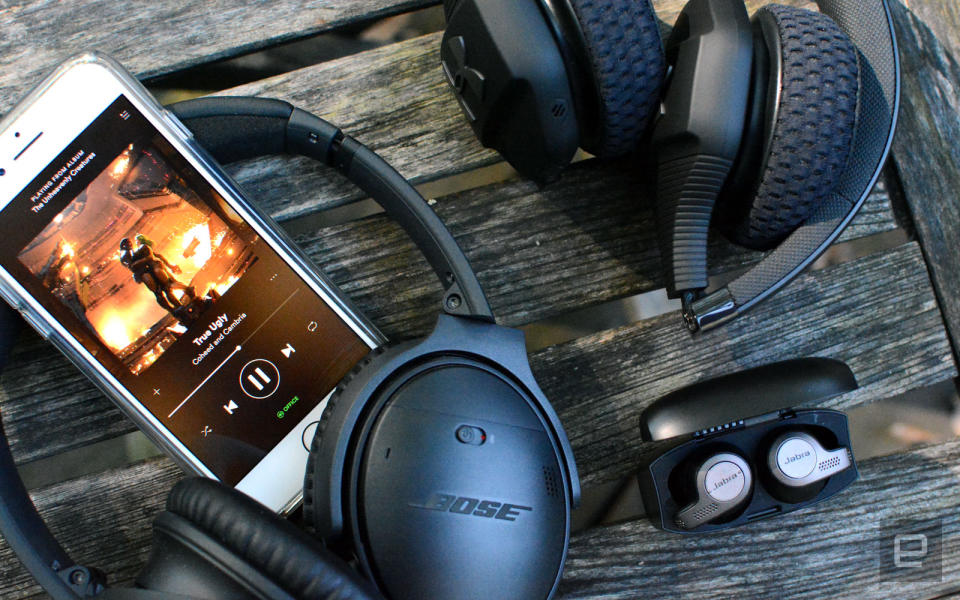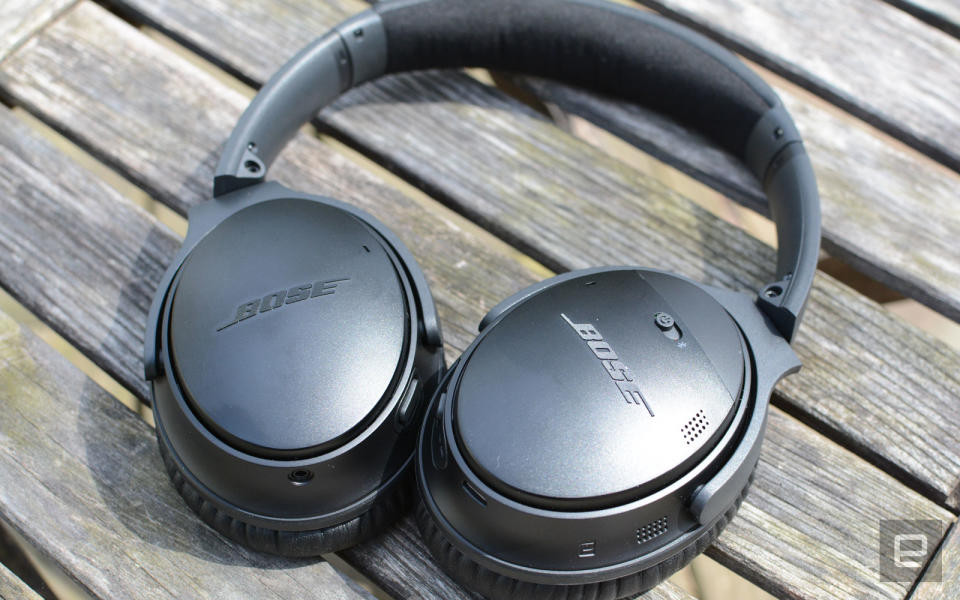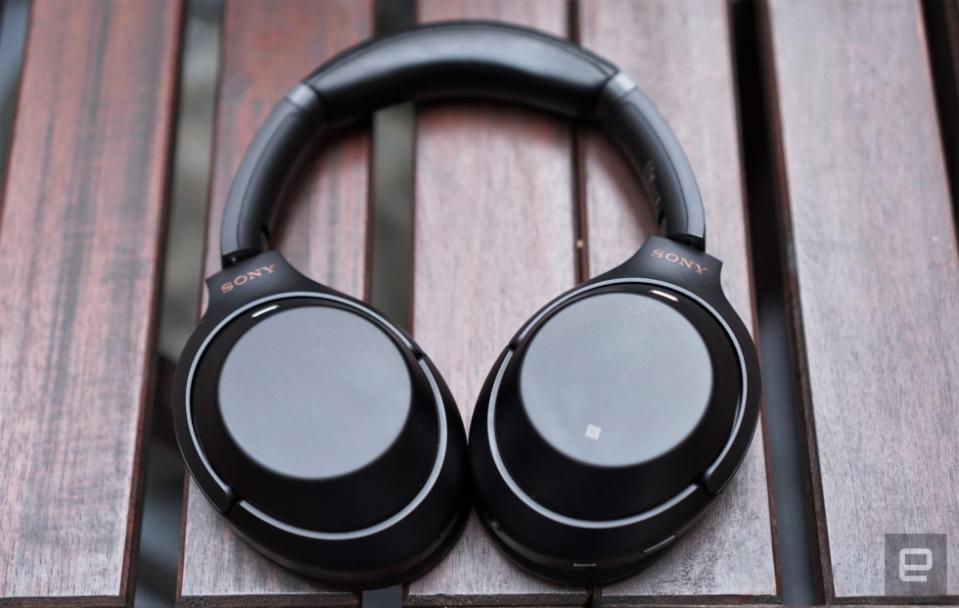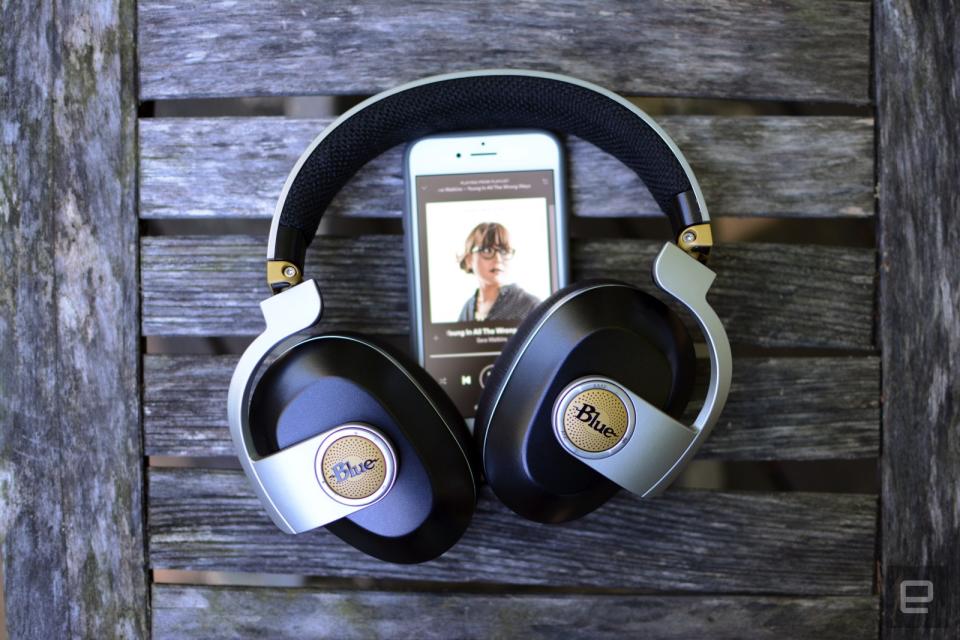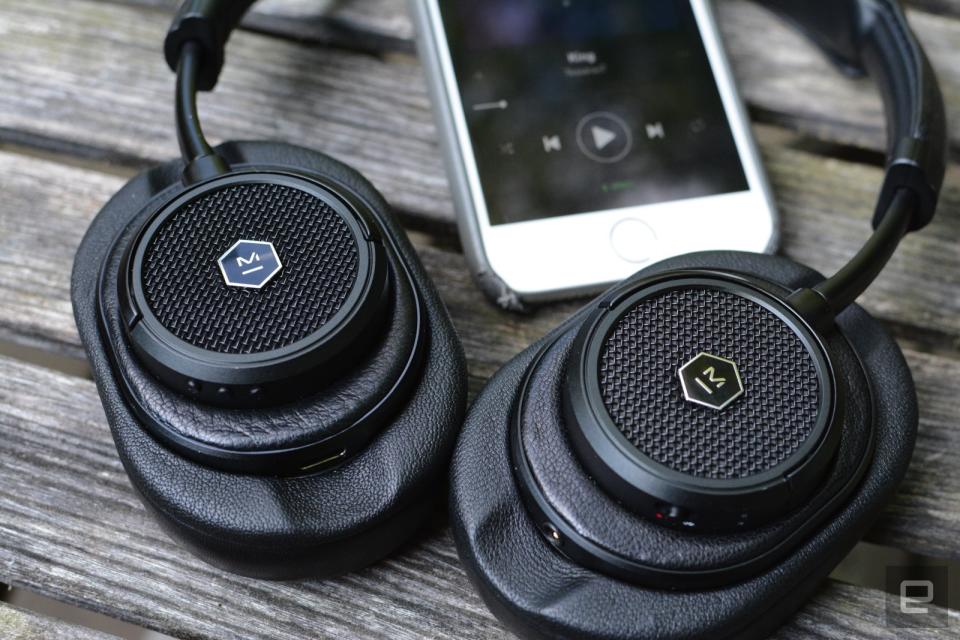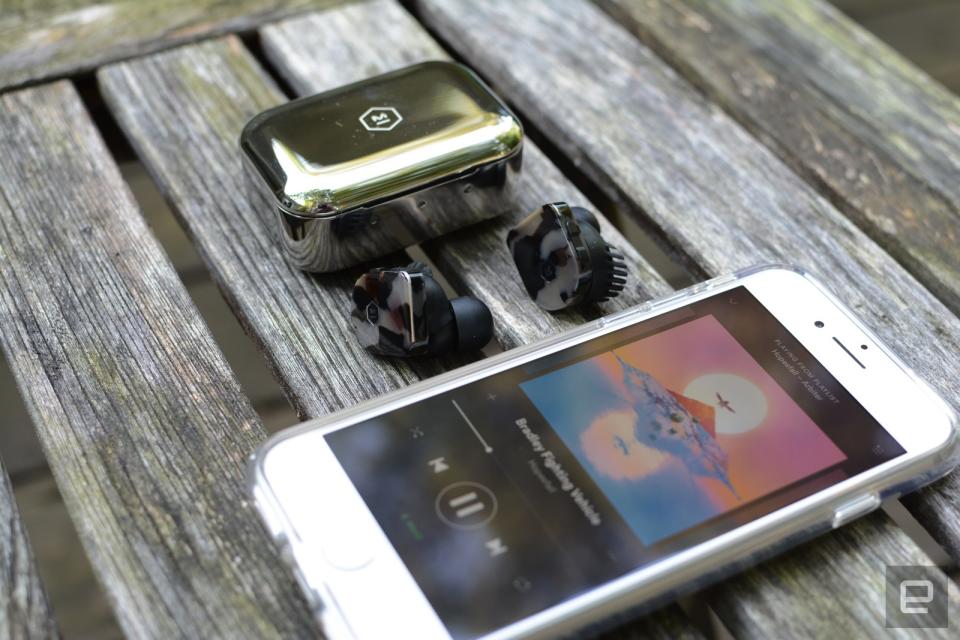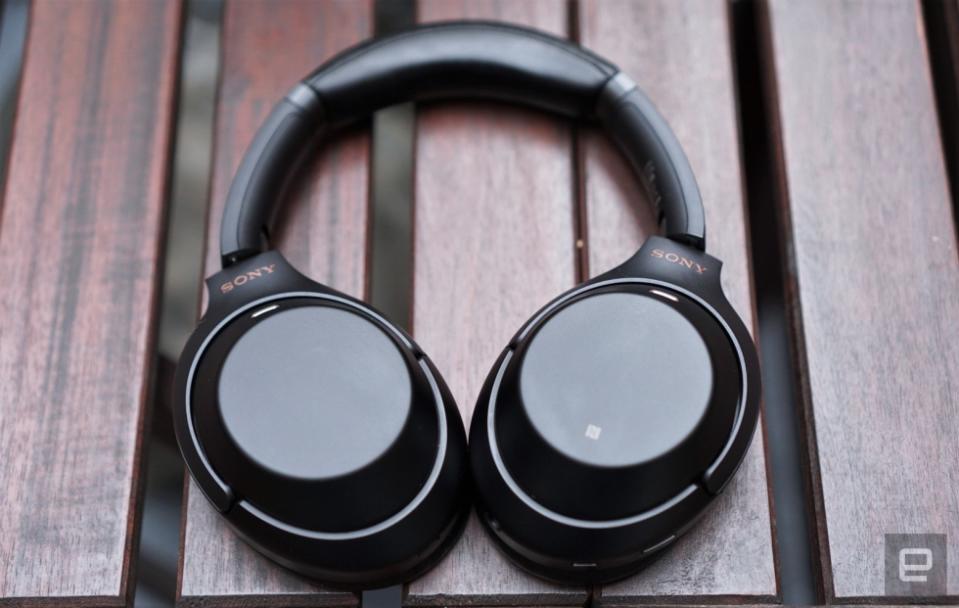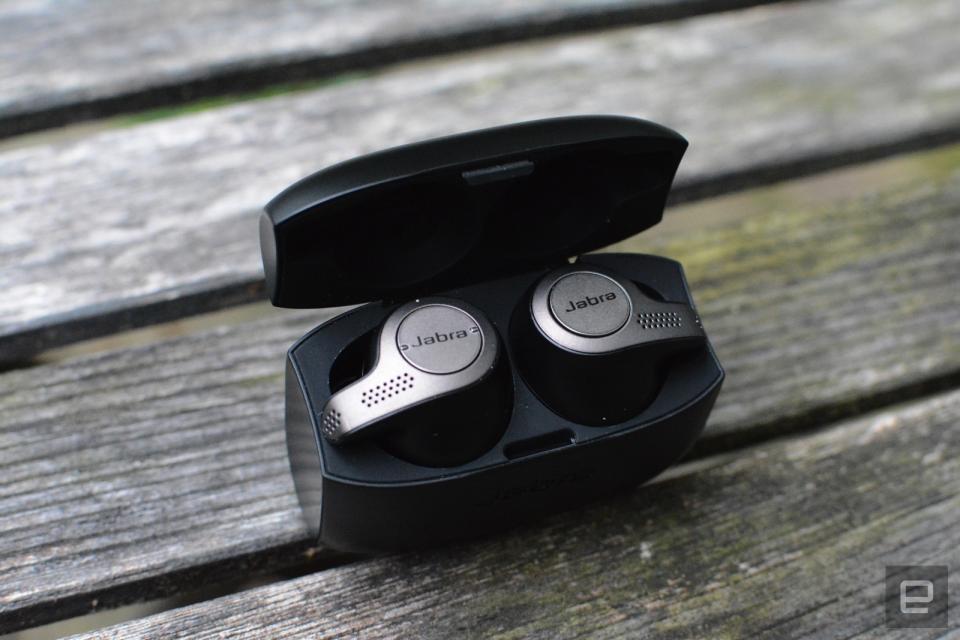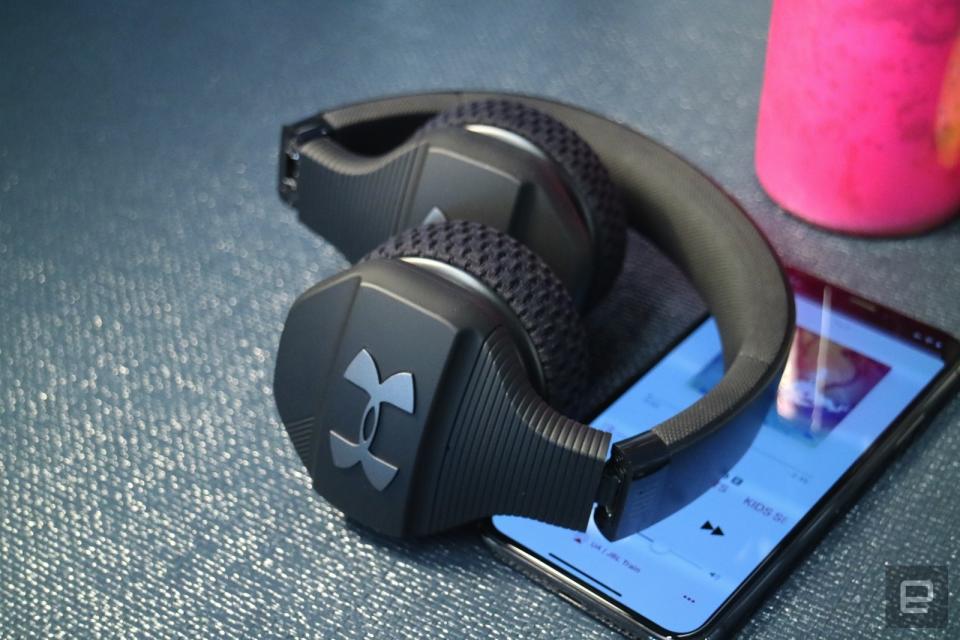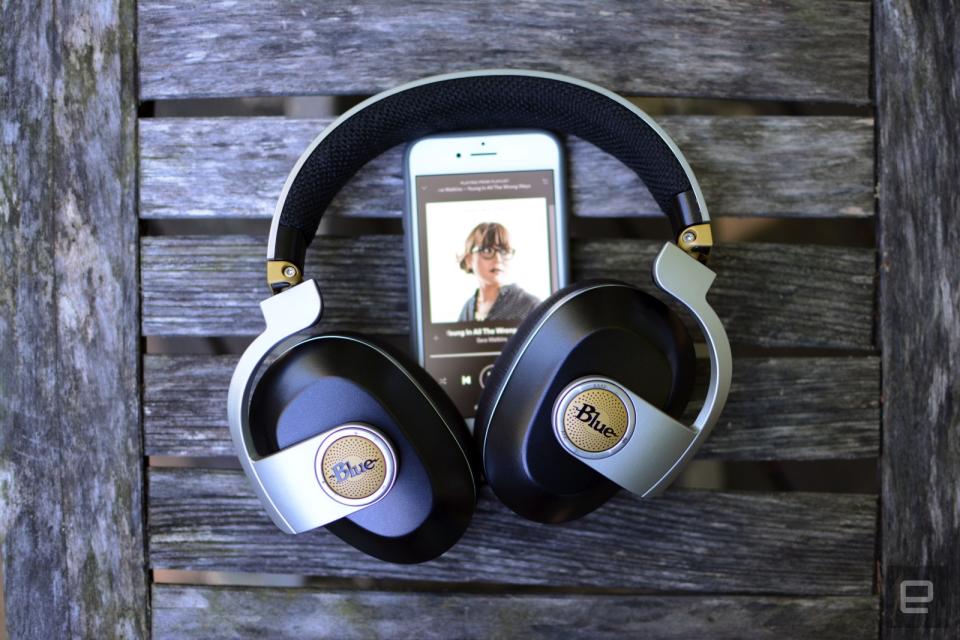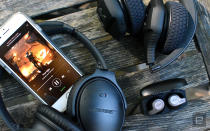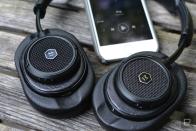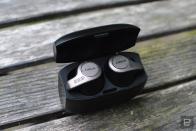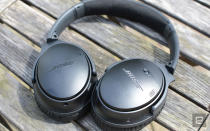What to look for when buying headphones
If you can, try before you buy.
In 2018, most people are listening to music or a podcast at some point during the day. And in order to avoid annoying your co-workers and fellow commuters, that requires headphones. These are rarely impulse buys, since they can cost a few hundred dollars and, like anything else, we want them to last. Similar to TVs, laptops and other gadgets, headphones come in all shapes and sizes -- each with their own pros, cons and unique features. We've compiled a list of factors to consider when you're shopping for new headphones to help you avoid buyer's remorse.
Wired vs. wireless
Even in 2018, I'm not going to make a case for why you should switch to wireless headphones. Do I prefer Bluetooth sets over the tethered options? Definitely. However, I appreciate that wired headphones still have some utility -- namely, at-home listening with an amp. If that's you, you're probably going to want some audiophile-grade gear from the likes of Grado, Audeze, Sennheiser, AKG or others. For the purposes of this guide, though, I'm going to stick to the models that will likely appeal to a wider audience. And that's predominantly wireless headphones.
Wear style

Like shoes, sunglasses and other items, there are different wear styles of headphones -- each lending different factors to the equation. And, just as with clothing and fashion accessories, you're probably going to have a preference for one over the others. Wireless and true wireless options abound for fans of earbuds. Over-ear and on-ear models are the more traditional headband construction, either with pads that sit on top of your ear or with larger ear cups that encircle your ear entirely.

Generally speaking, earbuds are the more affordable option, with on-ear coming next and over-ear models typically ranking as the most expensive. Of course, this isn't a hard-and-fast rule: You can find earbuds that cost $300 or more, and there are over-ear models that are cheaper than popular on-ear sets. Still, when considering cost and wear style, that general rule of thumb will give you an idea of how much you should be ready to spend. Take Bang & Olufsen, for example: The over-ear H9i costs $499, while the on-ear H8i is $399. Compare those with the wireless in-ear E8 and E6 options, each of which sells for $299. Again, this isn't gospel, but it may help you decide if you're considering various models with different wear styles.
Comfort

Wear style also contributes to overall comfort. Again, your personal preferences will vary, but there are some things to consider. A lot of wireless or true wireless earbuds don't come with cushiony foam tips, which makes longer listening sessions a chore. Personally, I find cramming those in my ear will only ever be so comfortable. For hours-long streaming marathons, I reach for a pair of on-ear or over-ear headphones.
With the more traditional models, there are two key things to look at: headband tension and ear pads. If the headband is too tight, the headphones will feel like they're pinching your head. That might be fine for a few minutes, but after an hour or so, it's pretty terrible. In terms of the ear pad cushions, there's a fine line between too soft and too firm. If the pads are too soft, you could feel the rim of the ear cup pressing in around your ear. And if they're too firm, overall comfort will likely suffer. Of course, you might not always be able to judge these things before making a purchase, which leads me to my next point: the test drive.
Try before you buy
It may seem obvious, but if you can find a retailer that allows shoppers to test-drive headphones in-store, take advantage of it. It's much better to try on a pair at your local Best Buy, Target or other shop to confirm your decision ahead of time rather than get something you ultimately won't be happy with. Save yourself the trouble of having to ship them back. This can also help you determine whether on-ear or over-ear is better for you, even if the exact model you're eyeing isn't available for demos. Just don't expect to try a pair of wireless earbuds at a retail shop, because ... ew.
Audio quality

Another item that can be difficult to gauge without a try-on is sound quality. It's also incredibly subjective. Some folks love the over-the-top bass that Beats headphones typically offer, while others don't enjoy that much low-end tone. What's best for you really depends on the genres you prefer, especially the ones you listen to most often.
Some retailers may let you try on headphones but not listen to them. Others may let you hear only a preselected set of songs. The ideal shopping scenario is a store that lets you connect to your phone so you can try the set with your own music. Apple Stores, for example, will let you try on and listen to a pair of Beats.
My musical tastes are pretty diverse, so when it comes to testing headphones, my regular rotation does a solid job. I typically start with this Spotify playlist for my first listen and move on from there. This isn't a scientifically proven group of songs, but it does cover a range of genres, from bluegrass to hip-hop and heavy metal to indie rock -- with some electronic stuff sprinkled in.
Noise cancellation

Active noise cancellation (ANC) is a standard feature on most flagship headphones these days. If you're willing to pay $300 or more for a set of on-ear or over-ear headphones, they will likely employ the handy technology. You can find more affordable options with ANC, but you may have to make some sacrifices elsewhere. There's no denying that ANC does wonders with helping to block out your surroundings if you're in a noisy spot, but in some instances it can be overkill for casual listening. That begs the question: Even if ANC improves sound quality when there's ambient noise, is it worth paying extra? Well, that depends.
If you travel often, the answer is a resounding yes. You can survive a long flight without noise-canceling headphones, but you'll fare much better with a set that can block out noisy passengers and engine roar. Ditto for raucous co-workers in the office. Yes, you'll have to hand over a few extra dollars, but make that decision now, before you commit to a set of headphones that may not be the best for your surroundings.
Battery life
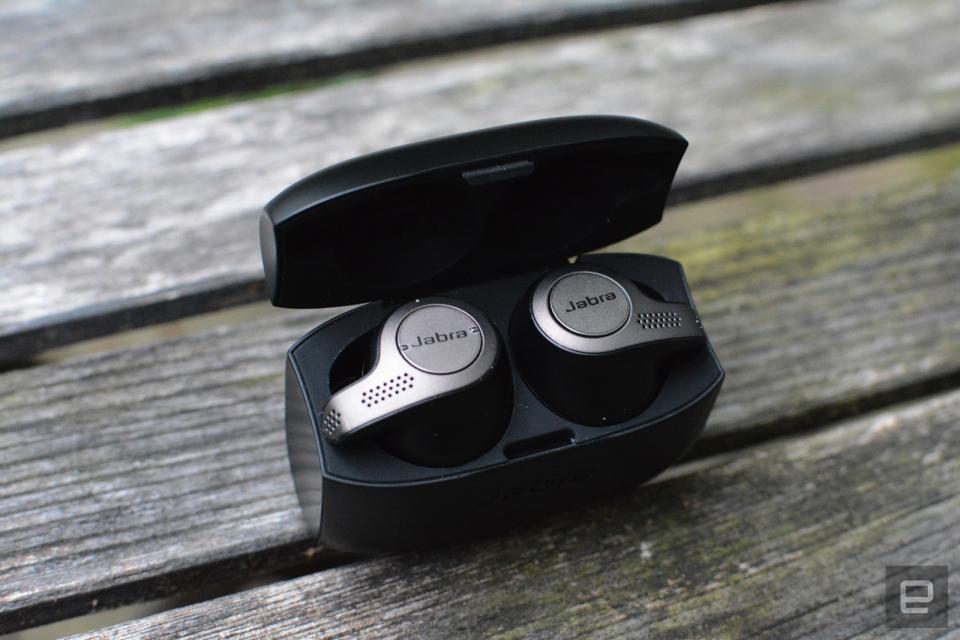
Thankfully, wireless headphones have seen huge improvements in battery life in recent years. Most flagship over-ear sets -- the kind you'll have to pay around $300 for -- offer 25 to 30 hours of playback (in some cases more). Mileage will vary based on volume, use of active noise cancellation and other factors, but the 30-hour mark is fairly standard. You can expect similar performance from wireless on-ear sets.
For wireless or true wireless earbuds, the most common range is five to eight hours on a charge. The same caveats I just mentioned apply here too, so those numbers could vary based on use. The good news is that most true wireless sets come with a charging case. This means you can replenish that battery during your lunch break. Most of those cases offer two or three charges before the whole package needs to be plugged into an outlet.
Gym-ready

Plenty of people wear their pricey Beats and Bose headphones to the gym. I can't really blame them, because those models use noise cancellation to block out the terrible music inevitably blasted over the speakers. They also have booming bass to keep your energy level up. However, those headphones aren't designed to hold up to moisture. While you could use them for years and never have a problem, you could also encounter issues in a matter of weeks -- depending on how much you sweat. I would rather protect my investment, and that means looking for headphones with an ingress protection (IP) rating substantial enough to do so.
IP ratings consist of two numbers: the first is for solid particle protection (1–6) and the second is liquid ingress protection (1-9). The ideal number to look for is IP67. This rating is dust-tight (6) while also protecting against immersion in water up to one meter (7). IP68 will withstand immersion beyond one meter, if you're concerned about water damage. Some will argue that the most you need for sweat protection is IP54 or IP55, and, while this is true, you can rest a little easier with a number in the high 60s. A rating beginning with 5 isn't dust-tight, merely "dust protected."
Features
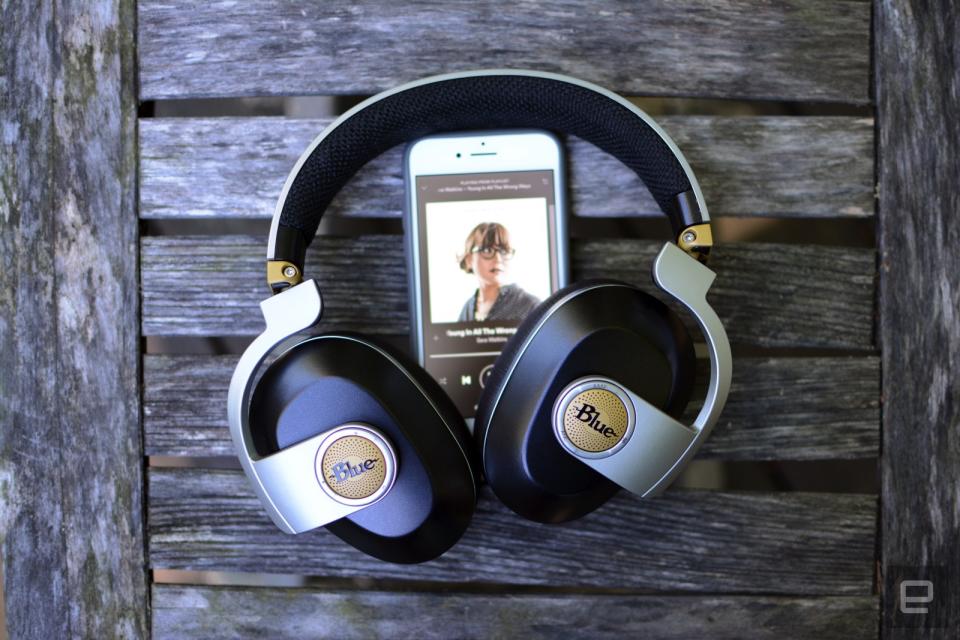
There are also a number of hardware and software features you'll need to consider. Things like onboard controls for volume and changing tracks, quick-charging functions, automatic pausing and others can really make your life easier. And items like adjustable EQ and transparency mode (which lets you hear what's going on around you), even though they are common, aren't available on every set. As with sound quality and wear style, your preferences will determine what you're willing to live without and what's essential for everyday listening.
Shop around
A company's website may be your best bet for a complete specs list, but it likely isn't where you'll find the best price. While I encourage you to consult the manufacturer's site for the best info, don't blindly accept the pricing there. It's 2018, and there are several ways to find a deal on whatever tech you're after, especially if you don't mind delaying your purchase for a potential price drop. As with most things on the internet, don't expect discounts to last long either. By the time you go to lunch and come back, a discount of $50 to $100 might have reverted to regular price.
Another way to save some coin is to look for the previous model. Headphones aren't like phones or laptops, so getting last year's version (or even the one before that) isn't typically a bad idea. With Bose's QC35 II, mentioned earlier, the main difference from the QC35, which debuted in 2016, is the addition of a button for Google Assistant (or Siri) on the ear cup. Bose's signature noise cancellation and great sound is available on both. If you won't need a dedicated button for a virtual assistant, or one that can be remapped for sound profiles, you can get the QC35 for less than $350.

